|
|
ENVIS Technical Report 77, Febraury 2014 |
ENVIRONMENT MONITORING IN THE NEIGHBOURHOOD
|
Introduction: Birds (class Aves or clade Avialae) are feathered, winged, two-legged warm-blooded, egg-laying vertebrates. Aves ranks as the tetrapod class with the most living species, approximately ten thousand. Extant birds belong to the subclass Neornithes, living worldwide and ranging in size from the 2 in Bee Hummingbird to the 9 ft Ostrich. The fossil record indicates that birds emerged within the theropod dinosaurs during the Jurassic period, around 150 million years ago. Archaeopteryx was the first fossil to display both clearly traditional reptilian characteristics: teeth, clawed fingers, and a long, lizard-like tail, as well as wings with flight feathers identical to those of modern birds. It is not considered a direct ancestor of modern birds, though it is possibly closely related to the real ancestor. Depending on the taxonomic viewpoint, the number of known living bird species varies anywhere from 9,800 to 10,050. In India, around 1314 species of birds are documented, of which 42 are endemic to India. In Karnataka state, 535 species of birds has been reported. |
Evolution: Modern birds are characterized by feathers, a beak with no teeth, the laying of hard-shelled eggs, a high metabolic rate, a four-chambered heart, and a lightweight but strong skeleton. Wings are evolved forelimbs, and most bird species can fly. Flightless birds include penguins, and diverse endemic island species. Some species of birds, particularly penguins and members of the Anatidae family, are adapted to swim. Birds also have digestive and respiratory systems that are uniquely adapted for flight. Some birds, especially corvids and parrots, are among the most intelligent animal species; several bird species make and use tools, and many social species culturally transmit knowledge across generations. |
Behaviour: Many species annually migrate great distances, and many more perform shorter irregular movements. Birds are social, communicating with visual signals, calls, and songs, and participating in such social behaviours as cooperative breeding and hunting, flocking, and mobbing of predators. |
Usefulness: They eat a lot of harmful insects that may destroy crops. they are part of the food chain. They help disperse the seeds of many plants. The raptors keep rodent populations in check. The vultures help clean the land of animal carcasses, preventing the spread of infectious diseases. Another use of birds is harvesting guano (droppings) for use as a fertilizer. Birds prominently figure throughout human culture. About 120–130 species have become extinct due to human activity since the 17th century, and hundreds more before then. |
Need to study: Birds are among the most fascinating creatures on Earth. Many are beautifully colored. Others are accomplished singers. Many of the most important discoveries about birds and how they live have been made by amateur birders. Ornithology is the scientific study of birds. The information ornithologists gather is used to better understand how birds function, inside and out, and to learn how birds relate to their natural environment.
- Birds provide a terrific doorway into nature and scientific study.
- They are easy to see and study.
- They engage in fascinating behaviors and play important roles in the ecosystems that sustain life
- Birds are excellent indicators of environmental health.
- Their changing populations often provide clues to the overall health of their habitat.
|
Requirements: A pair of binoculars, good pictorial field guide and note book to pen down observation. |
Parts of a bird
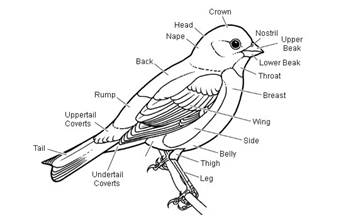 |
- Head: The bird's head is one of the best places to look for field marks such as eye colour, malar stripes, eyebrows, eye rings, eye lines and auricular patches. The crown (top) and nape (back) are also key parts of the head that can help identify a bird.
- Bill: The size, shape and colour of a bird's bill is critical for identification. Also check for any curvature in the bill or unique markings such as differently coloured tips or bands.
- Chin: The chin, directly below the bill, is often hard to see on many birds, but when it is a different colour it can be an exceptional body part to check for identification.
- Throat: A bird's throat may be a different colour from its surrounding plumage, or it may be marked with spots, streaks or lines. Malar stripes may frame the throat as well, helping set it off from the rest of a bird's body. For many birds, the chin and throat have similar colours and markings.
- Neck: The neck of a bird is hard to see on many species, since it can be relatively short and insignificant. On wading birds, however, the neck is much more prominent and can be a good place to look for field marks. The length of the neck can also help distinguish different bird species.
- Back: A bird's back is often broad and easy to see in the right posture. Different colours and markings along the back that distinguish it from the neck, rump and wings.
- Chest: The chest (also called the breast) is the upright part of the bird's body between the throat and the abdomen. A bird's chest may be differently coloured or marked with stripes, streaks or spots that can help with identification.
- Abdomen: The abdomen or belly of a bird extends from the bottom of the chest to the under-tail coverts. The colours and markings on the abdomen may vary from the chest and flanks, making it a good feature to check for identification.
- Flanks: The flanks (sides) of a bird are located between the underside of the wings and the abdomen. In many bird species, the flanks have unique colours or markings, though depending on how the birds carry their wings, the flanks may be difficult to see.
- Wings: Birds' wings are their upper limbs used for flight. Wing bars or patches are useful field marks, as are the lengths of the wings compared to the length of the tail when the bird is perched. In flight, wing shape is also a great field mark.
- Rump: A bird's rump is the patch above the tail and low on the back. For many birds, the rump does not stand out, but some species show unique rump colour patches that are useful for identification.
- Tail: The length, shape and colours of a bird's tail are important for proper identification. The tail can be held in different positions when the bird is perched or flying. Also, watching for different markings can help distinguish different birds.
- Under-tail Coverts: The short feathers beneath the tail are the under-tail coverts, and these feathers often show unique colours or markings that can distinguish bird species.
- Legs: Birds' legs vary in length and colour, both of which can be useful field marks for proper identification. The thickness of the leg, while difficult to see on many species, can also be a clue, as can any feathering. Some raptors, for example, have heavily feathered legs that can be used to identify the birds.
- Feet: Many birds' feet are the same colour as their legs, but not always. The orientation of the toes, the size of the talons and how a bird uses its feet are also useful identification characteristics.
|
Field Analysis:-
Method - Random Sampling
Equipment used - Binoculars, Digital SLR Camera
Duration – every month last Sunday
Weather Conditions: Day light: Sunny/cloudy
Temperature: |
Date |
Location |
Habitat |
Birds |
comment |
|
|
|
|
|
|
|
|
|
|
|
|
|
|
|
|
|
|
|
|
|
|
|
|
|
|
|
|
|
|
|
|
|
|
|
|
|
|
|
|
|
|
|
|
|
|
|
|
|
|
|
|
|
|
|
|
|
|
|
|
|
|
|
|
|
|
|
|
|
|
|
|
|
|
|
|
|
|
|
|
How to sketch a bird in field? |
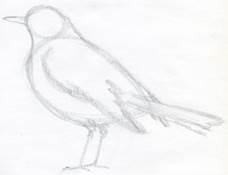
|
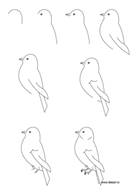
|
Common Friends in Bangalore |
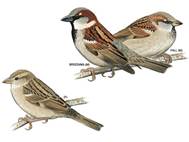
|
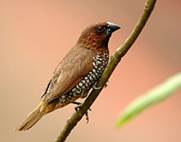
|
House Sparrow (Passer domesticus) |
Spotted Munia (Lonchura punctulata) |
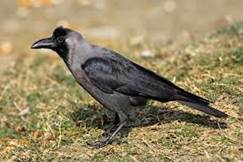
|
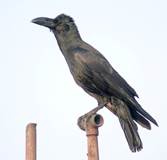
|
House Crow (Corvus splendens) |
Jungle Crow (Corvus macrorhynchos) |
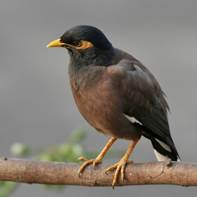
|
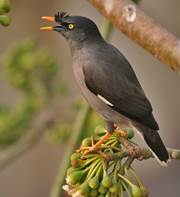
|
Common Myna (Acridotheres tristis) |
Jungle Myna (Acridotheres fuscus) |
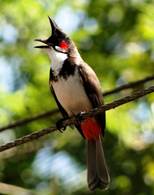
|
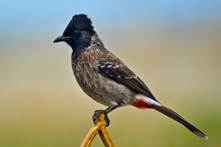
|
Red-whiskered Bulbul (Pycnonotus jocosus) |
Red-vented Bulbul (Pycnonotus cafer) |
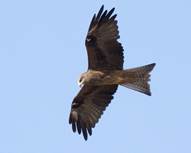
|
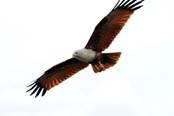
|
Black Kite (Milvus migrans) |
Brahminy Kite (Haliastur indus) |
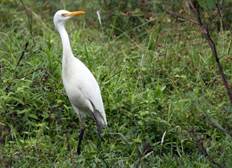
|
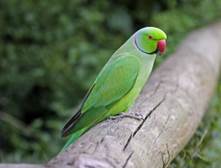
|
Cattle Egret (Bubulcus ibis) |
Rose-ringed Parakeet (Psittacula krameri) |
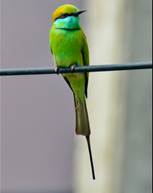
|
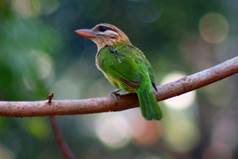
|
Green Bee-eater (Merops orientalis) |
White-cheeked Barbet (Megalaima viridis) |
|
















